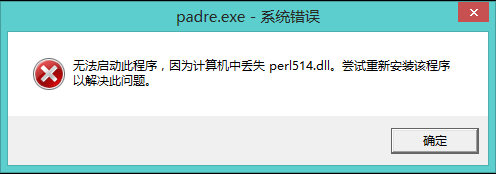5.5. Formatted Output with printfYou may wish to have a little more control with your output than print provides. In fact,you may be accustomed to the formatted output of C's printf function. Fear notPerl provides a comparable operation with the same name. The printf operator takes a format string followed by a list of things to print. The format[*] string is a fill-in-the-blanks template showing the desired form of the output:
printf "Hello,%s; your password expires in %d days!/n",$user,$days_to_die; The format string holds a number of so-called conversions; each conversion begins with a percent sign (%) and ends with a letter. (As we'll see in a moment,there may be significant extra characters between these two symbols.) There should be the same number of items in the following list as there are conversions; if these don't match up,it won't work correctly. The example above has two items and two conversions,so the output might look something like this: Hello,merlyn; your password expires in 3 days! There are many possible printf conversions,so we'll take time here to describe the most common ones. Of course,the full details are available in the perlfunc manpage. To print a number,generally use %g,[
printf "%g %g %g/n",5/2,51/17,51 ** 17; # 2.5 3 1.0683e+29 The %d format means a decimal[
printf "in %d days!/n",17.85; # in 17 days! This is truncated,not rounded; we'll see how to round off a number in a moment. In Perl,printf is most often used for columnar data since most formats accept a field width. If the data won't fit,the field will generally be expanded as needed: printf "%6d/n",42; # output like The %s conversion means a string,so it effectively interpolates the given value as a string but with a given field width: printf "%10s/n","wilma"; # looks like A negative field width is left-justified (in any of these conversions): printf "%-15s/n","flintstone"; # looks like flintstone The %f conversion (floating-point) rounds off its output as needed and lets you request a certain number of digits after the decimal point: printf "%12f/n",6 * 7 + 2/3; # looks like To print a real percent sign,use %%,which is special in that it uses no element from the list:[*]
printf "Monthly interest rate: %.2f%%/n",5.25/12; # the value looks like "0.44%" 5.5.1. Arrays and printfGenerally,you won't use an array as an argument to printf. That's because an array may hold any number of items,and a given format string will work with only a certain fixed number of items: if there are three conversions in the format,there will have to be exactly three items. But there's no reason you can't whip up a format string on the fly since it may be any expression. This can be tricky to get right,so it may be handy (especially when debugging) to store the format into a variable: my @items = qw( wilma dino pebbles );
my $format = "The items are:/n" . ("%10s/n" x @items);
## print "the format is >>$format<</n"; # for debugging
printf $format,@items; This uses the x operator (which we learned about in Chapter 2) to replicate the given string a number of times given by @items (which is being used in a scalar context). In this case,that's 3 since there are three items,so the resulting format string is the same as if we had written it as "The items are:/n%10s/n%10s/n%10s/n." And the output prints each item on its own line,right-justified in a ten-character column,under a heading line. Pretty cool,huh? But not cool enough,because you can even combine these: printf "The items are:/n".("%10s/n" x @items),@items; Here we have @items being used once in a scalar context to get its length and once in a list context to get its contents. Context is important.
|




 1. 如何去重 #!/usr/bin/perl use strict; my %hash; while(...
1. 如何去重 #!/usr/bin/perl use strict; my %hash; while(... 表的数据字典格式如下:如果手动写MySQL建表语句,确认麻烦,...
表的数据字典格式如下:如果手动写MySQL建表语句,确认麻烦,... 巡检类工作经常会出具日报,最近在原有日报的基础上又新增了...
巡检类工作经常会出具日报,最近在原有日报的基础上又新增了...